Reimagining Earth
Reimagining Earth
Sept 8 - Oct 8, 2022
Receptions:
Sept 16 with Dana Fritz and Martina Shenal,
Oct 7 with David Adams and Joshua White
Sept 16 with Dana Fritz and Martina Shenal,
Oct 7 with David Adams and Joshua White
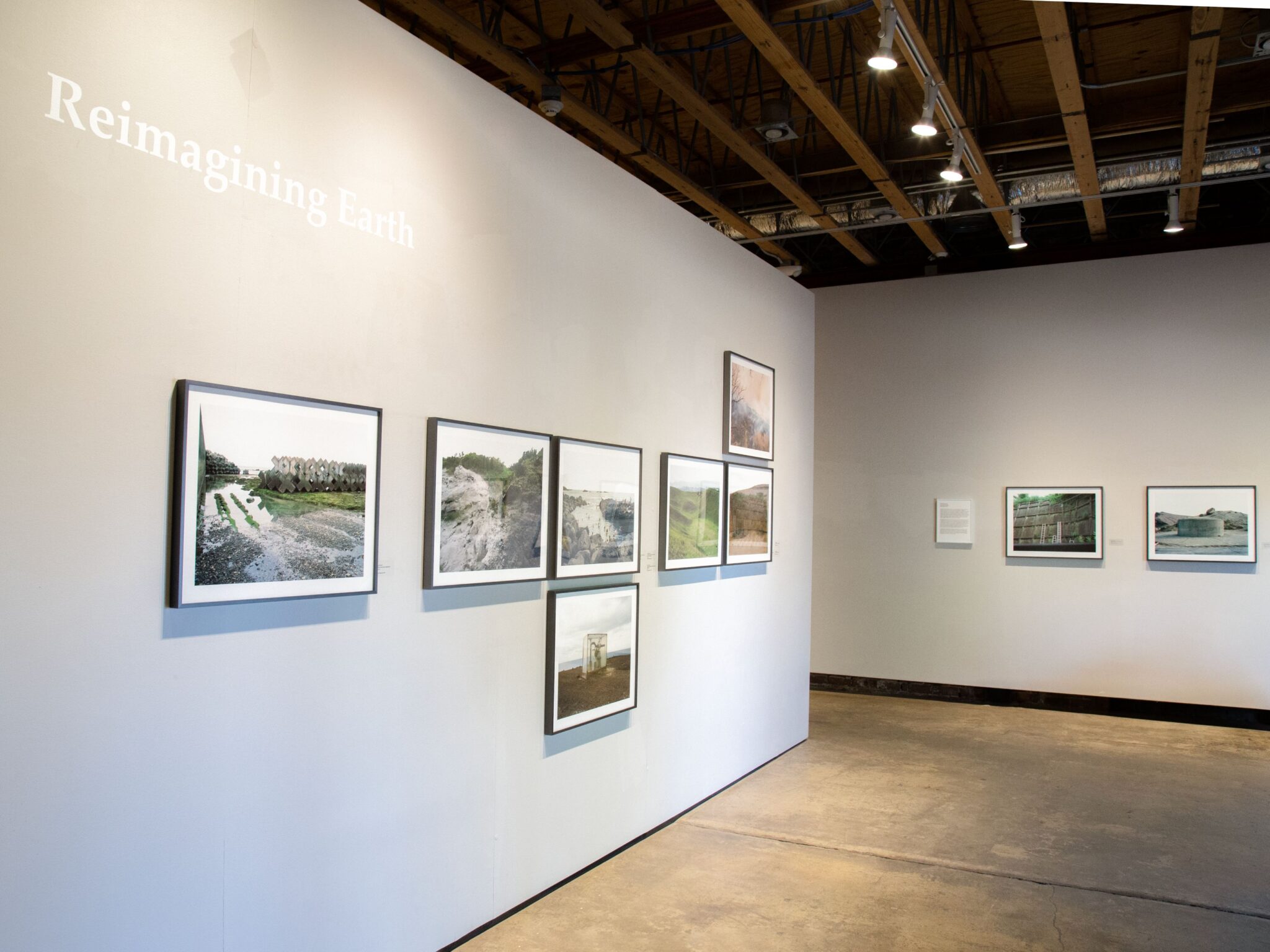
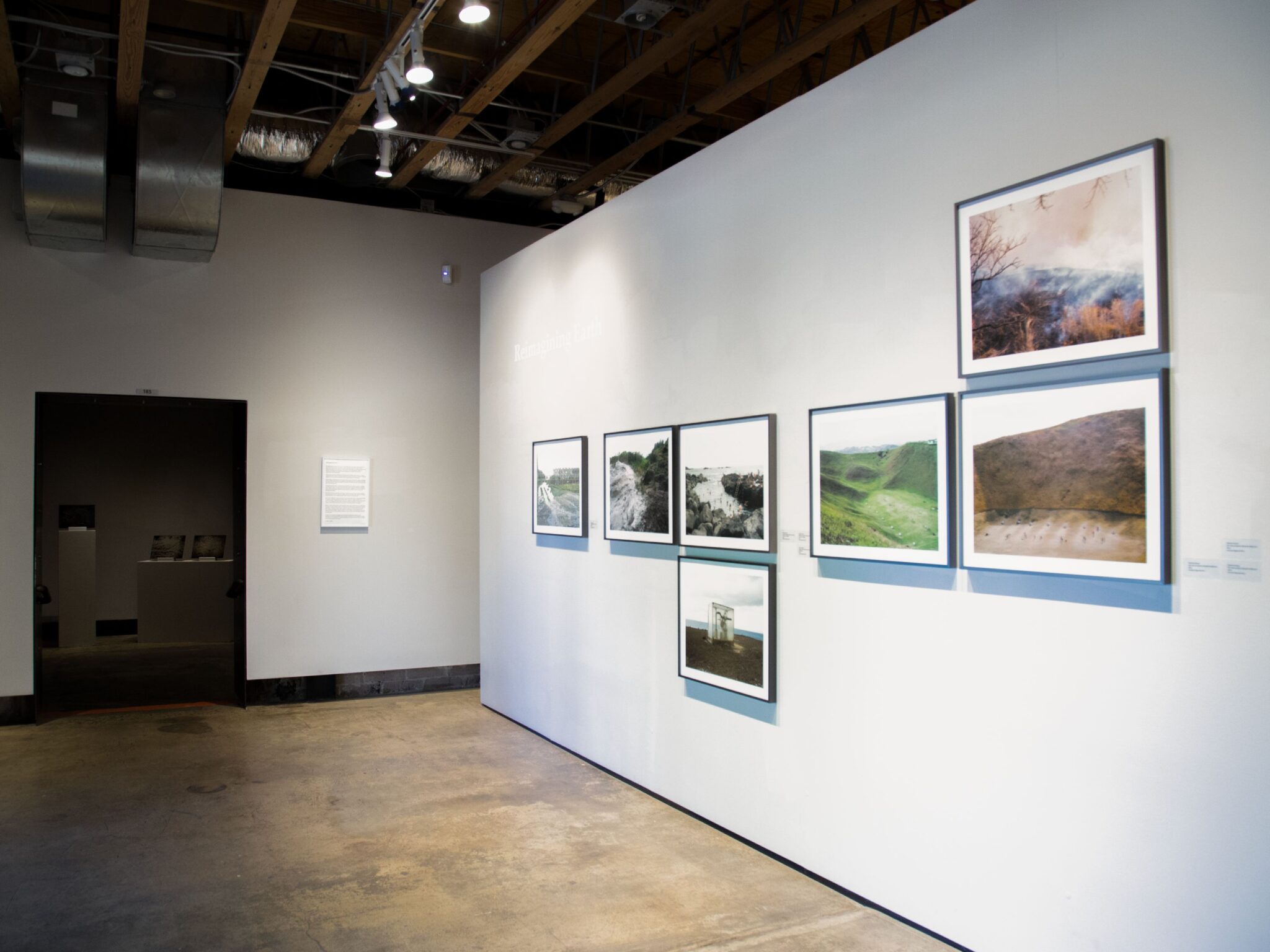
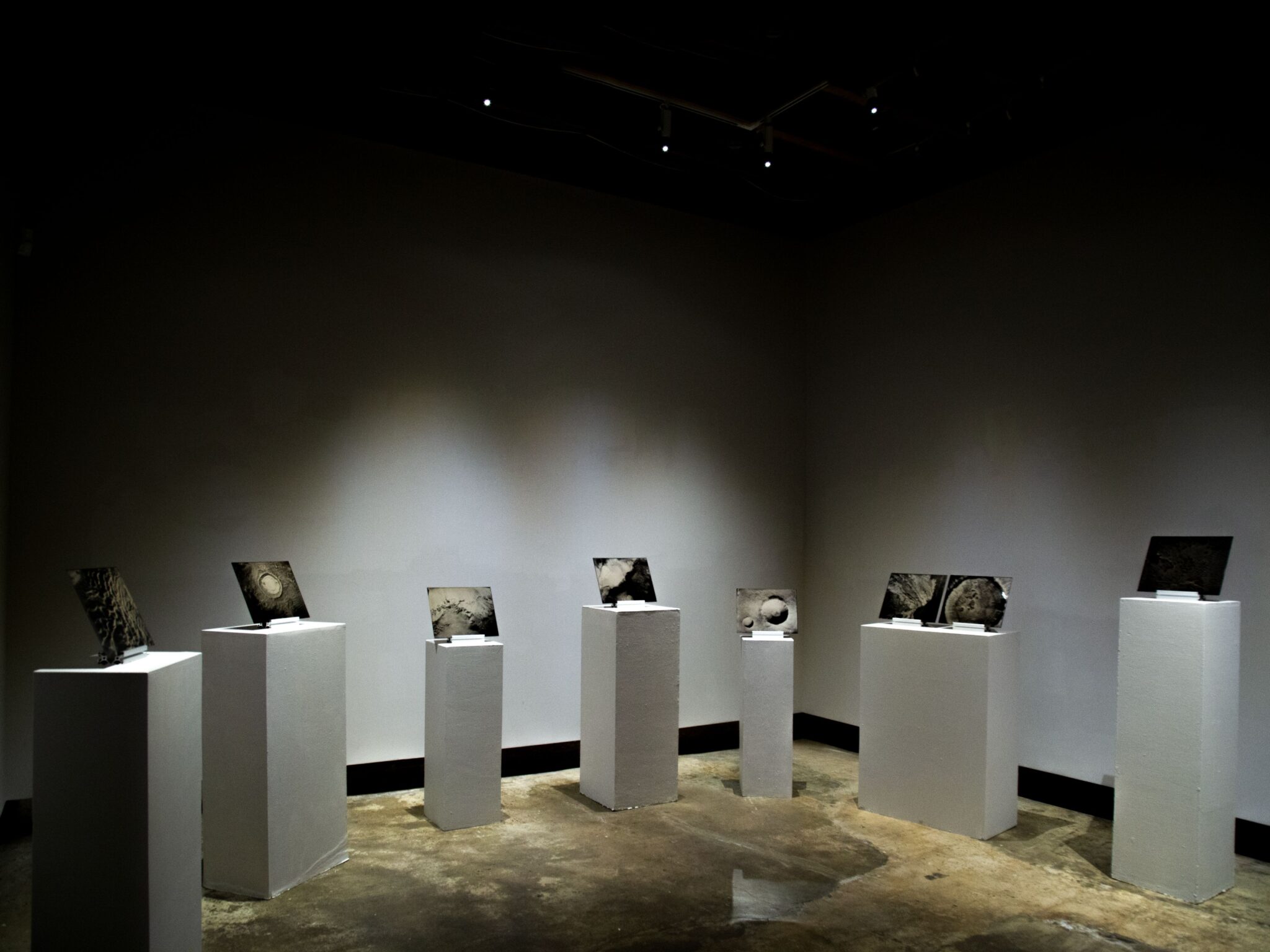
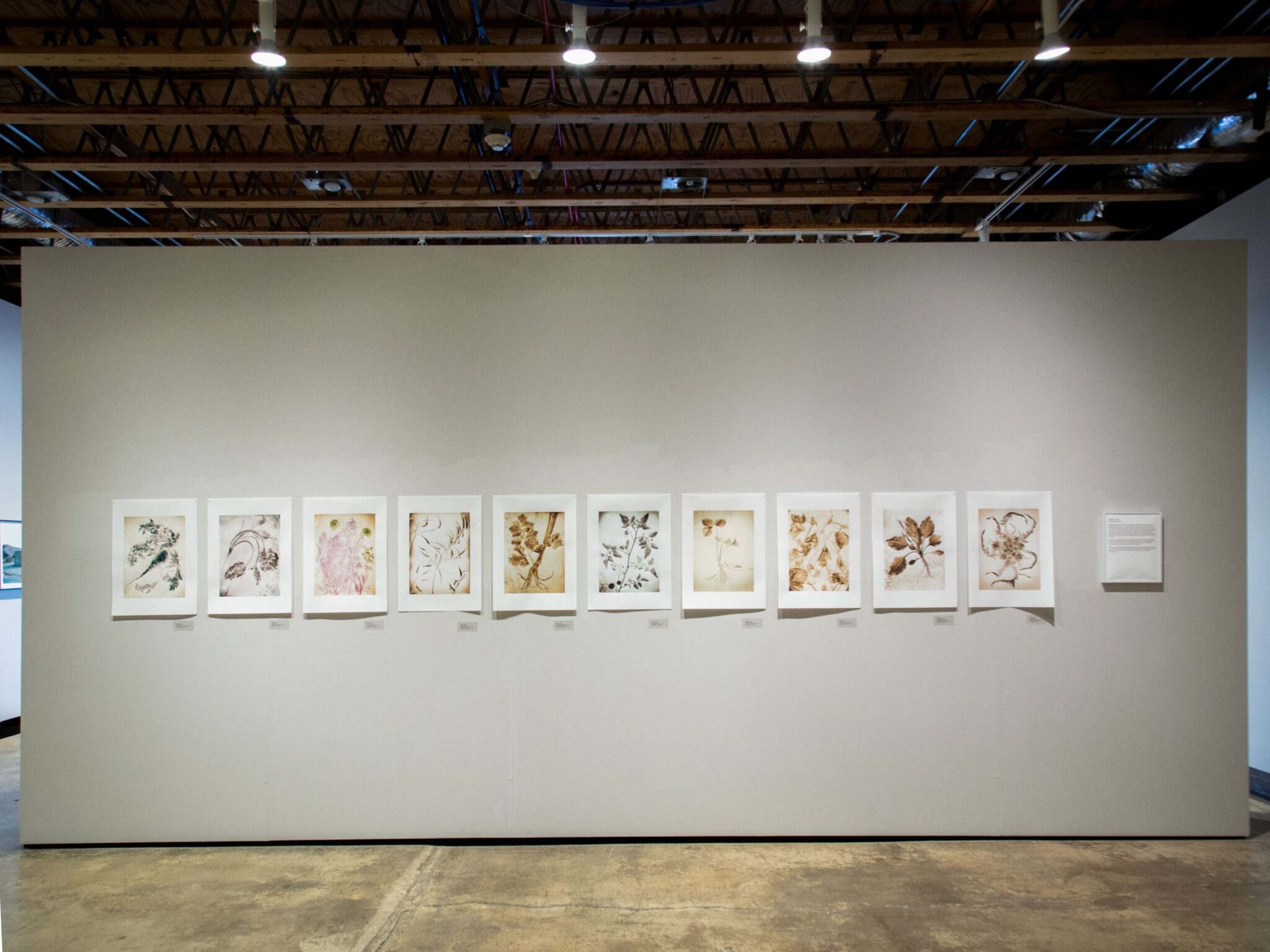
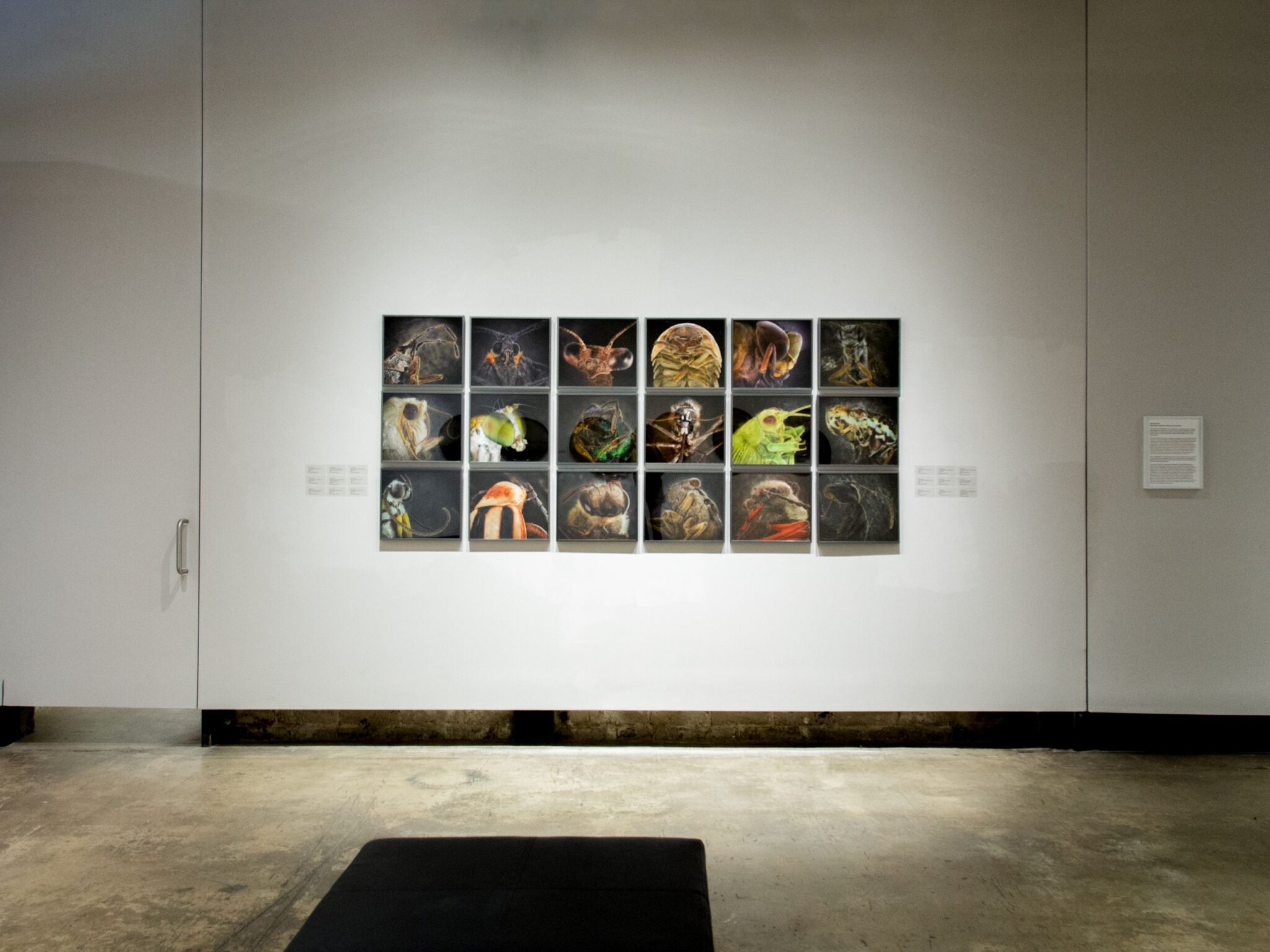
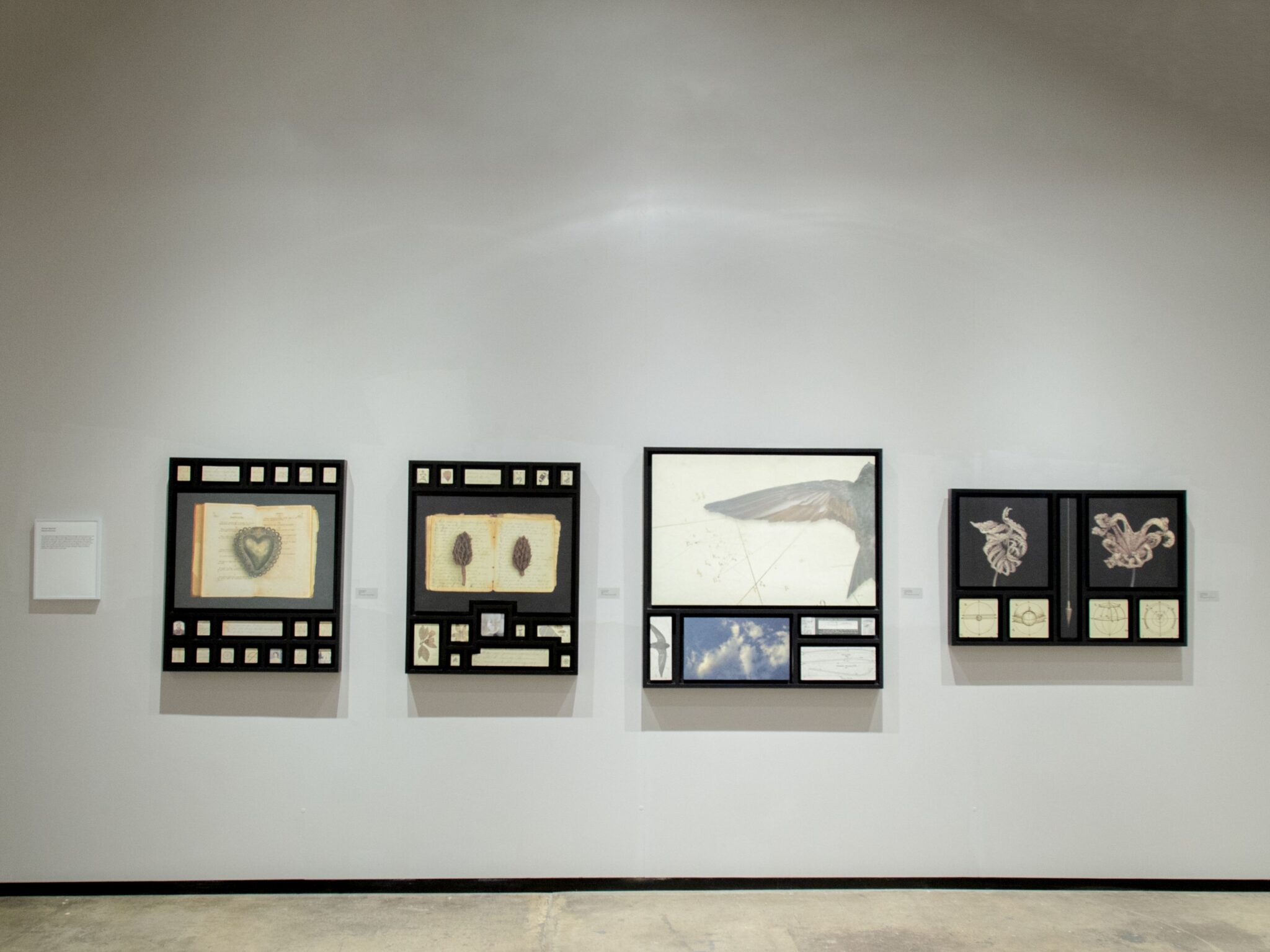
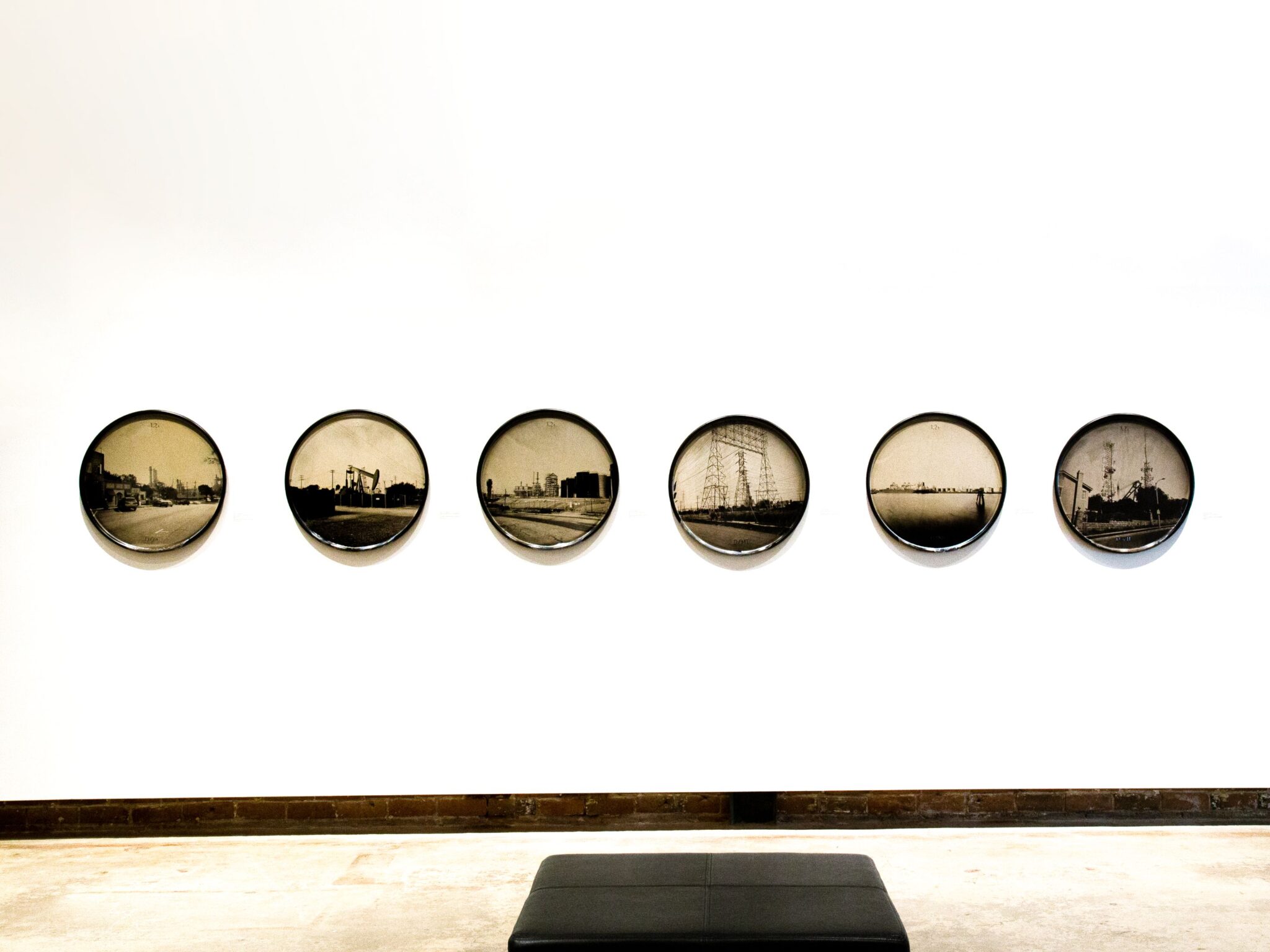
Reimagining Earth features the works of ASU MFA alumni who explore the experience of the human animal and the non-human creatures that share this Earth. Artists employ
philosophy, science, environmental research and political policy to consider the potential for transforming land, sea, air and space as the effects of the Anthropocene continue to
influence everything from weather and the migration of animals to the chemical
composition of the atmosphere.
These artists search for meaning, marvel at the nearly invisible world of insects, consider Manifest Destiny’s influence on space exploration, elucidate the threat of familiar household habits on our waterways and document human interventions in the landscape.
Joshua White’s photographs of the surface of Mars combine innovative imaging technology from the HiRISE (High Resolution Imaging Science Experiment) with a photographic process from the mid 1800s. White encourages us to wonder and reflect on human exploration in the age of the Anthropocene.
The human interventions in the landscape that Martina Shenal depicts attempt to mitigate natural systems that can be destructive when they come in contact with human settlement zones. These naturally occurring systems that function to replenish nutrients or breakdown waste can be devastating to built structures. Human intervention strives to harness or
attenuate their effects.
The works of Michael Marshall communicate reverence and awe for the natural world and humanity’s place with in it. Marshall combines plants and animals with a spectrum of human expressions that create meaning through science, literature and philosophy.
Dana Fritz’s depiction of the enclosed and constructed pseudo-nature as entertainment begs the question, Will these built environments replace the nature walks, camping trips,
kayaking, birding or fishing adventures many of us enjoyed as children? We may also become aware of the biodiversity of the Earth that these constructed landscapes endeavor to
replicate and wonder at the interconnectedness of the living system of our planet.
Mallory Cremin, Barbara Gilson and Danial Kariko direct their curiosity from the landscape to the home and yard. Cremin’s images combining the beautiful blue of cyanotype with quilting techniques connect the domestic space and the role of our household habits to the Earth’s finite supply of drinking water. Gilson’s gorgeous renderings of scanned garden plants regard the delicate balance required to grow our food. Kariko’s monumental insect portraits are humorous and startling. His titles remind us of how closely we live with these creatures on a daily basis.
Through their individual investigations and perspectives significant questions arise
regarding the human relationship to the non-human world. We are encouraged to consider the effects of our proliferation, activity, development, innovation as well as those of conflict on the natural systems of the Earth.
Liz Allen , Curator
philosophy, science, environmental research and political policy to consider the potential for transforming land, sea, air and space as the effects of the Anthropocene continue to
influence everything from weather and the migration of animals to the chemical
composition of the atmosphere.
These artists search for meaning, marvel at the nearly invisible world of insects, consider Manifest Destiny’s influence on space exploration, elucidate the threat of familiar household habits on our waterways and document human interventions in the landscape.
Joshua White’s photographs of the surface of Mars combine innovative imaging technology from the HiRISE (High Resolution Imaging Science Experiment) with a photographic process from the mid 1800s. White encourages us to wonder and reflect on human exploration in the age of the Anthropocene.
The human interventions in the landscape that Martina Shenal depicts attempt to mitigate natural systems that can be destructive when they come in contact with human settlement zones. These naturally occurring systems that function to replenish nutrients or breakdown waste can be devastating to built structures. Human intervention strives to harness or
attenuate their effects.
The works of Michael Marshall communicate reverence and awe for the natural world and humanity’s place with in it. Marshall combines plants and animals with a spectrum of human expressions that create meaning through science, literature and philosophy.
Dana Fritz’s depiction of the enclosed and constructed pseudo-nature as entertainment begs the question, Will these built environments replace the nature walks, camping trips,
kayaking, birding or fishing adventures many of us enjoyed as children? We may also become aware of the biodiversity of the Earth that these constructed landscapes endeavor to
replicate and wonder at the interconnectedness of the living system of our planet.
Mallory Cremin, Barbara Gilson and Danial Kariko direct their curiosity from the landscape to the home and yard. Cremin’s images combining the beautiful blue of cyanotype with quilting techniques connect the domestic space and the role of our household habits to the Earth’s finite supply of drinking water. Gilson’s gorgeous renderings of scanned garden plants regard the delicate balance required to grow our food. Kariko’s monumental insect portraits are humorous and startling. His titles remind us of how closely we live with these creatures on a daily basis.
Through their individual investigations and perspectives significant questions arise
regarding the human relationship to the non-human world. We are encouraged to consider the effects of our proliferation, activity, development, innovation as well as those of conflict on the natural systems of the Earth.
Liz Allen , Curator